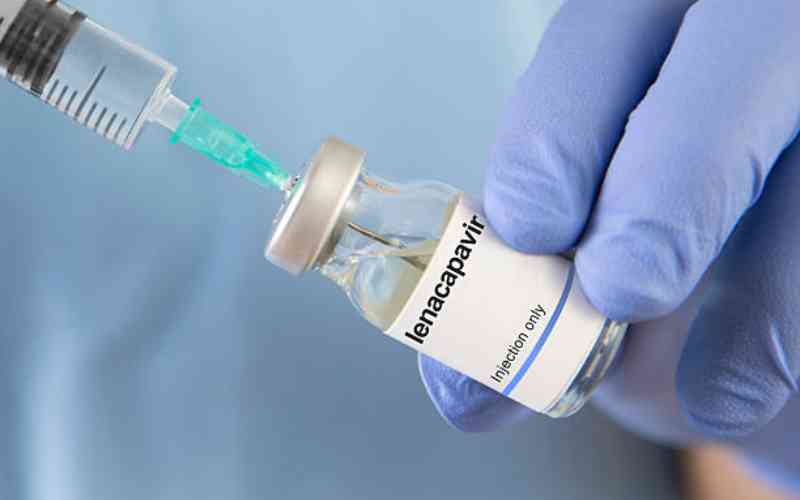
Happy mom and twins. [Getty]
Any woman in the child-bearing age dying for twins can still have them thanks to technology, medics say.
According to Dr Frederick Kairithia, an obstetrician/gynaecologist, the number of twins being born in Kenya is proportionate to the global ratio, where about 1.6 million twins are born each year worldwide, with one in every 42 children born a twin.
Facts First
This story continues on The Standard INSiDER. Subscribe now for unfiltered journalism that holds power to account.
Already have an account? Login
 The Standard Group Plc is a multi-media organization with investments in media
platforms spanning newspaper print
operations, television, radio broadcasting, digital and online services. The
Standard Group is recognized as a
leading multi-media house in Kenya with a key influence in matters of national
and international interest.
The Standard Group Plc is a multi-media organization with investments in media
platforms spanning newspaper print
operations, television, radio broadcasting, digital and online services. The
Standard Group is recognized as a
leading multi-media house in Kenya with a key influence in matters of national
and international interest.











